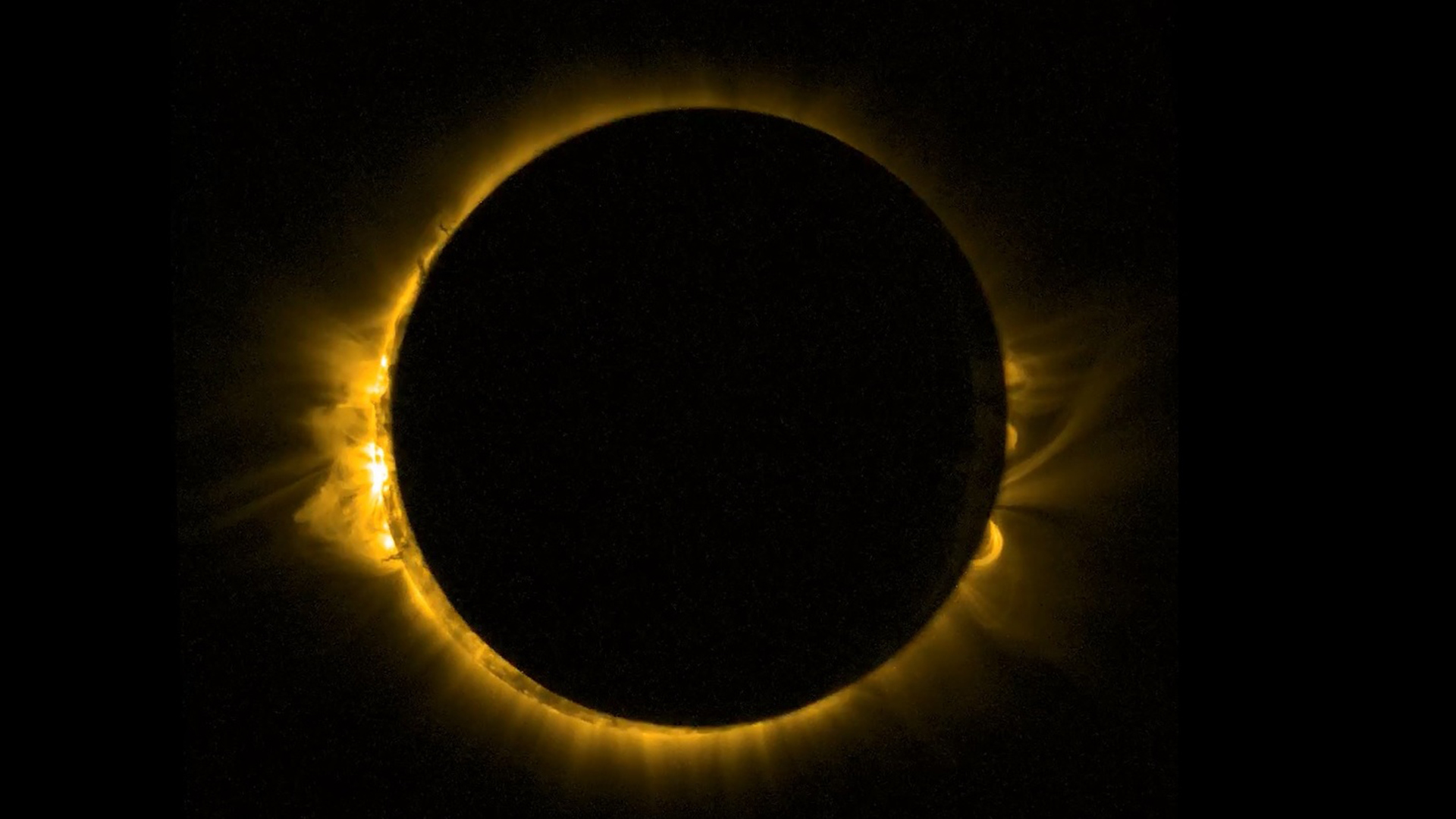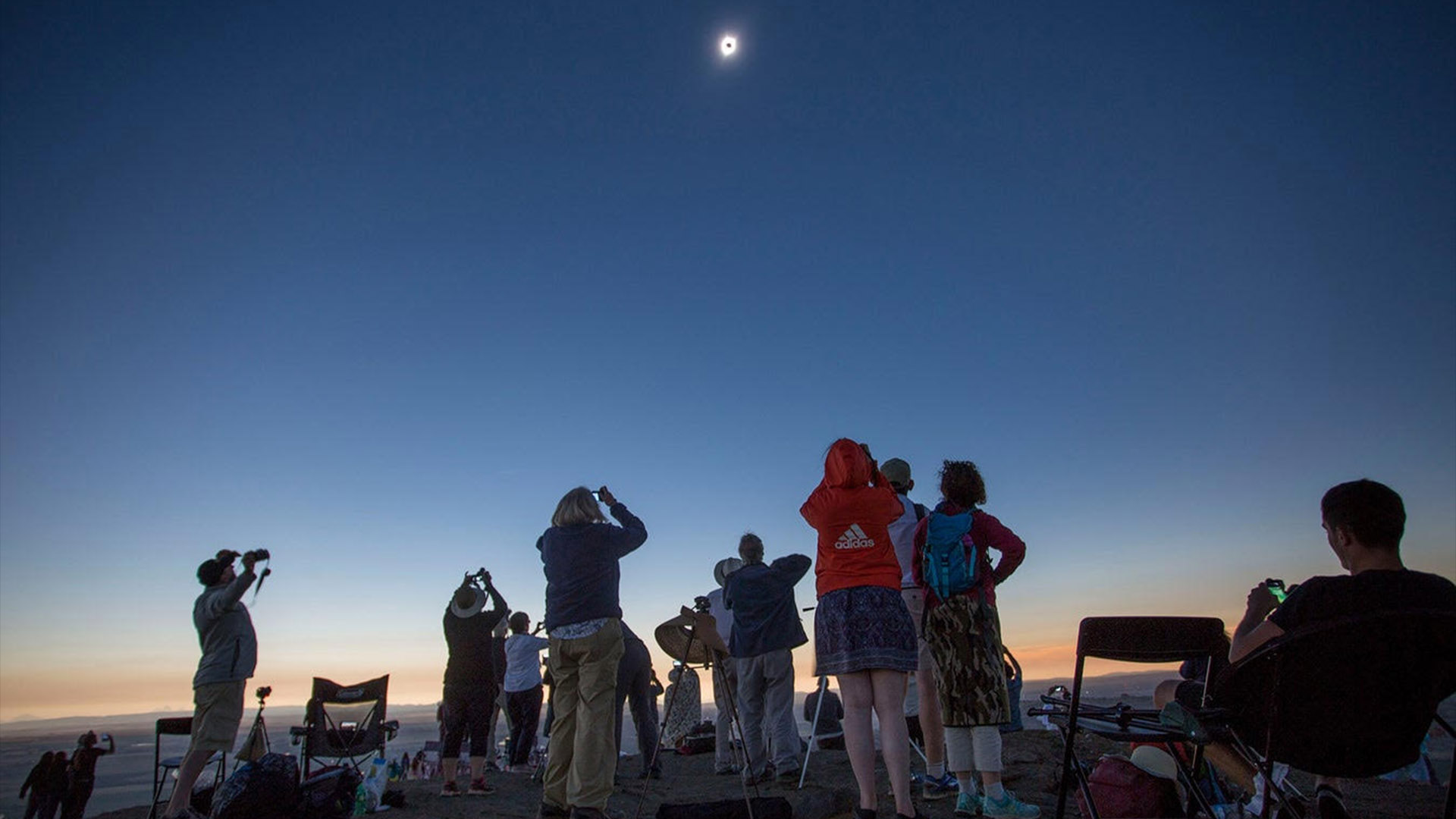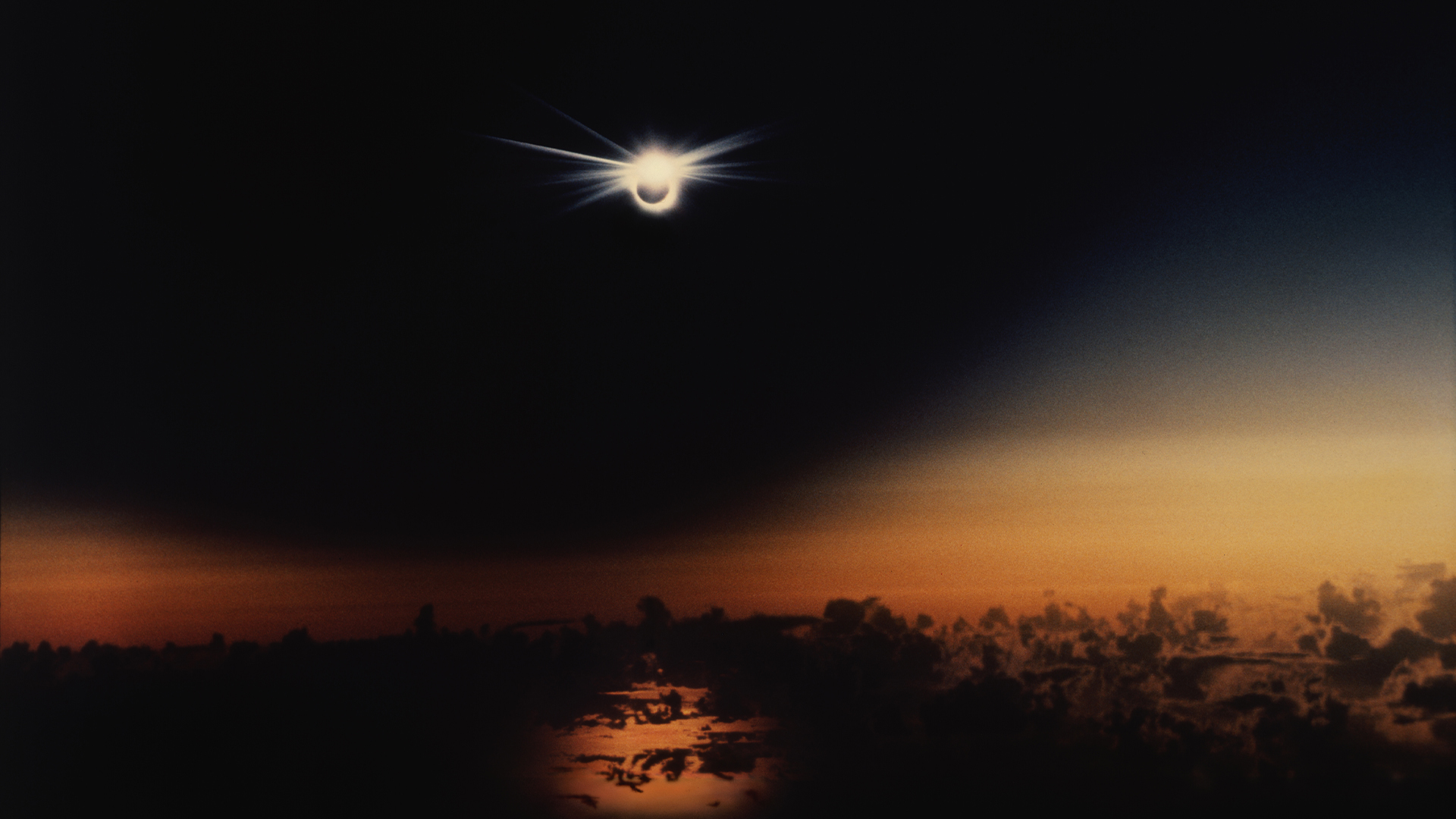Solar eclipse 2024: 8 things to watch for during totality
From "diamond rings" to Baily's beads, here's what to look for today during the brief darkness within the path of totality.

People throughout the entire continent of North America will see a partial solar eclipse today (April 8), but only those within a 115-mile-wide (185 kilometers) path will experience a total solar eclipse. Although viewers in the path will also see the partial phases, the centerpiece of the experience is exclusive: totality.
Totality is a brief period of darkness that occurs when the sun is entirely blocked by the moon. For today's eclipse, totality will last as long as 4 minutes, 28 seconds for observers in parts of Mexico, though even in Newfoundland, Canada, totality will endure for up to 2 minutes, 52 seconds, according to this interactive map. Totality is a deeply moving experience, and it can be broken into several chronological events, each of which offers something different. Here's what to look for, in order.
Related: How and where to watch the April 8 solar eclipse online for free
(Reminder: According to the American Astronomical Society, looking directly at the sun is unsafe except during totality, when the moon entirely blocks the sun's bright face. This happens only within the narrow path of totality. DO NOT look directly at the sun during the partial phase of the eclipse, no matter where you are.)
1. Clouds may vanish

Although we all hope for clear skies during the moment of totality, the event itself may actually cause the clouds to part by themselves. Researchers studying previous eclipses found that that cumulus cloud cover started to decrease when the sun was about 15% obscured by the moon, and that total cloud cover fell by more than a factor of 4 during the event. The researchers attributed the decrease in land surface temperatures to this change in cloud cover.
2. Strange animal behavior

Humans aren't the only ones who get spooked during a solar eclipse, with animals also showing unusual behavior. Much of this is linked to the cycles of light and dark that mark day from night.
While birds are known to chirp more vigorously as they're bedding down for the night, and cicadas will croon at dusk, during an eclipse they are dramatically altered. Spiders have also reportedly torn down their webs during an eclipse, while chimps in captivity have been seen climbing high structures to point, yell and gesticulate toward the sun.
Get the world’s most fascinating discoveries delivered straight to your inbox.
3. Colors will look different

The Purkinje effect is a natural shift in color perception caused by fluctuating light levels. To the human eye, colors like red and orange are rich and vibrant when looked at in bright light compared with green and blue. However, when light conditions dim, those darker colors become much more vibrant. This effect is heightened during an event such as a total solar eclipse due to the rapid, dramatic change in light levels.
4. Shadow bands
About 30 seconds before and after totality, look at any uniform surface around you, perhaps the ground or the side of a building or vehicle. You may see shadow bands — wavy lines fizzing in parallel. This phenomenon may be the result of polarized light from the crescent sun interacting with Earth's atmosphere — but scientists still don't fully understand what they are, according to NASA.
5. Solar corona
With the intense light from the sun's disk and its photosphere (its outer shell, from which light radiates) momentarily blocked by the moon, it's possible to see a much more diffused light around the sun. This is the corona, the sun's hotter outer atmosphere, which appears whitish and can have a spiky appearance. It's one of the most beautiful sites in all of nature, and you can look at it perfectly safely with the naked eye during totality.
6. Prominences
The solar corona isn't the only incredible phenomenon you can see while the primary light from the sun is blocked. The other major sights are prominences — pinkish towers and loops that appear to stick out of the sun, traveling into its corona. These are electrically charged loops of plasma that erupt from the sun's surface, often stretching dozens of times longer than Earth itself. Given that the sun is near solar maximum when its magnetic activity is highest, we can expect lots of spectacular prominences during totality on April 8.
7. 360-degree sunset and planets
Understandably, your gaze will be fixed on the eclipsed sun during totality, but take a moment to look around you. You will see not only a 360-degree sunset horizon — because you are standing in the middle of the moon's shadow — but also an exceptionally bright Venus, and possibly Jupiter, shining around the eclipsed sun.
8. Chromosphere, Baily's beads and a "diamond ring"
You'll see a reddish line around the moon just before totality ends. This is the chromosphere, the lower region of the sun's atmosphere. Then, you'll see a single Baily's bead, the first drop of sunlight coming through a valley on the moon. A few more will appear and merge into a so-called diamond ring, from which you'll see an increase in brightness for a split second before naturally averting your eyes. It signifies the end of totality — and the end of any naked-eye viewing of the eclipse. At that point, it will be time to look around you once again for shadow bands, and the next time you look at the partial eclipse, you must use your solar eclipse glasses.
Note: Although the chromosphere, Baily's beads and the diamond ring will also be visible, in reverse order, during the onset of totality, you may not have removed your eclipse glasses in time to see them. Besides, they're more noticeable and impactful at the end of totality.

Jamie Carter is a freelance journalist and regular Live Science contributor based in Cardiff, U.K. He is the author of A Stargazing Program For Beginners and lectures on astronomy and the natural world. Jamie regularly writes for Space.com, TechRadar.com, Forbes Science, BBC Wildlife magazine and Scientific American, and many others. He edits WhenIsTheNextEclipse.com.






